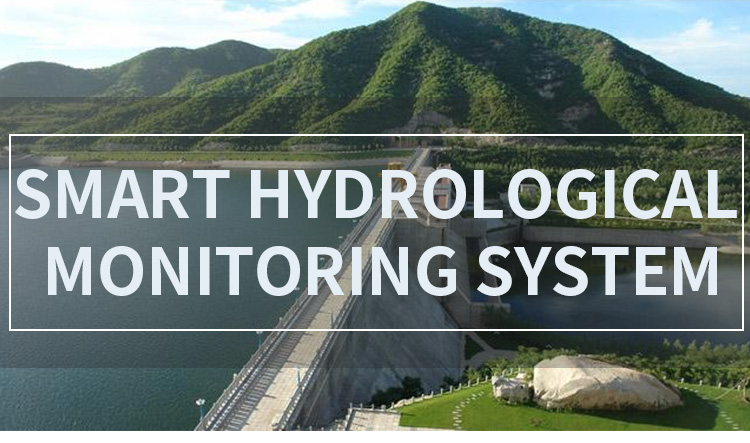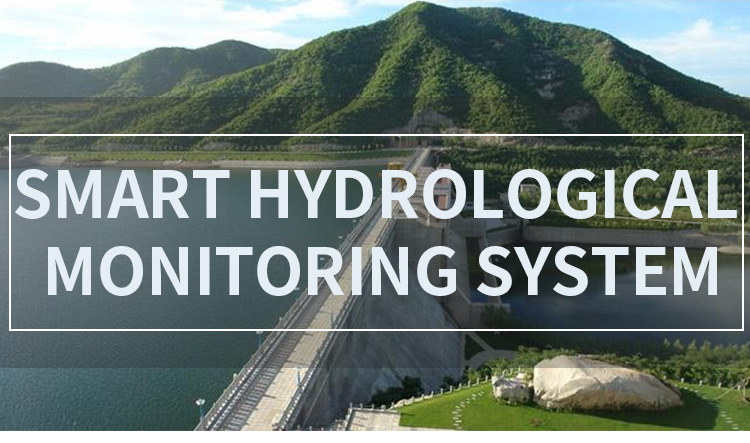Water quality is an essential aspect of human life since our health and well-being rely on it. The proper management, monitoring, and control of water resources are vital for public health and sustainable development. Therefore, the need for accurate and reliable water quality information cannot be overemphasized. In this regard, advanced multiparameter sensors have become increasingly critical tools to improve water quality monitoring. This article discusses the benefits of using advanced multiparameter sensors for water quality monitoring, how they work, and some challenges associated with their use.

Multiparameter sensors are devices that can measure multiple water qualities simultaneously in real-time. These qualities might include pH, temperature, dissolved oxygen (DO), turbidity, conductivity, and many more. The data obtained from these sensors are analyzed to determine the level of pollution of a water body, help identify potential sources of contamination, and make necessary management decisions. Unlike single-parameter sensors, which only measure one property, multiparameter sensors provide more comprehensive information about the state of the water body being monitored, increasing accuracy and enabling rapid responses to potential threats.
Multiparameter sensors function by measuring changes in electrical, optical, and thermal properties of water samples. They often consist of several probes that sense different parameters. Consequently, while measurements of each parameter aren't 100% accurate alone, integration into a multiparameter sensor significantly increases the accuracy and reliability of overall measurements.
One significant advantage of advanced multiparameter sensors is real-time monitoring capabilities that provide continuous data streams to a central database. Real-time monitoring allows for timely interventions, such as the closure of contaminated beaches, treatment plant adjustments, or issuing alerts that tourists avoid vulnerable areas. By detecting minute changes in water quality almost immediately, quick measures can be taken to restore compromised environments before dangerous situations arise. This feature is especially important for potentially harmful algal blooms (HABs) that can quickly escalate and become life-threatening. Real-time data provided by multiparameter sensors allows decision-makers to quickly implement protective measures to enhance public safety and prevent further water pollution.
Another major advantage of advanced multiparameter sensors is the increasing availability of user-friendly sensors at an affordable cost. Device compatibility with mobile phones or online platforms for tracking changes in water quality makes the technology more user-friendly, even for non-experts. This innovation democratizes access to monitoring systems, finally allowing underprivileged regions to monitor their water resources effectively. Some multiparameter sensors are also now equipped with GPS units, which inform scientists about the location of contaminations, enhancing identification and prevention abilities.
Despite the many benefits of using advanced multiparameter sensors for water quality monitoring, some challenges remain. For example, calibration and maintenance require special knowledge and technical expertise, making this equipment dependent on personnel capable of dealing with a demanding task. Poor maintenance procedures can result in inaccurate readings or loss of valuable information, leading to skewed results when analyzing water quality data.
In conclusion, the use of advanced multiparameter sensors has revolutionized water quality monitoring and management practices worldwide, providing real-time communication channels that actively improve drinking water supplies' quality. These sensing devices simultaneously provide essential insights into water environment status whilst streamlining accurate, reliable, and relevant data analysis. While offering numerous benefits, stakeholders must proactively manage maintenance and calibration requirements while adopting future design advancements that promote efficient, accessible, and novel ways of integrating sensors into integrated and effective multi-layered monitoring frameworks.






